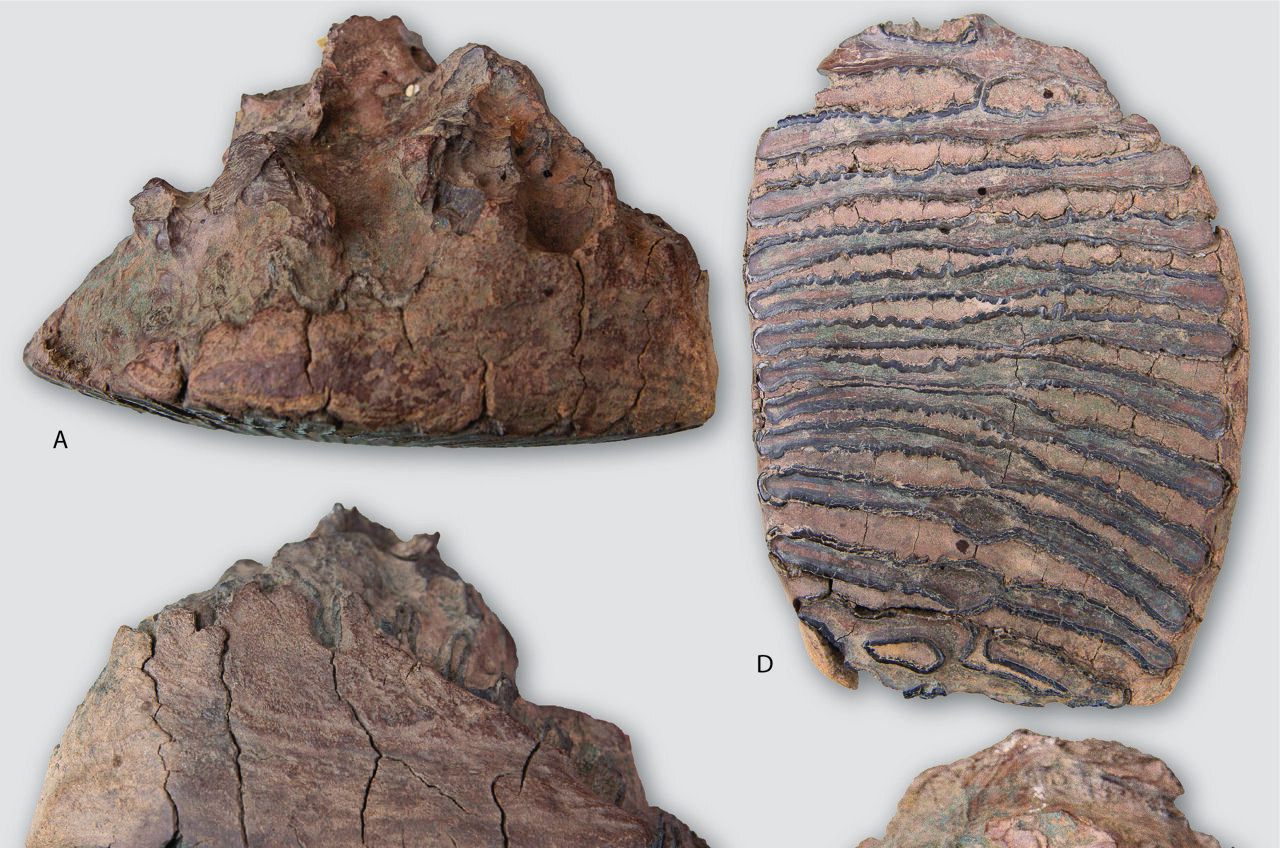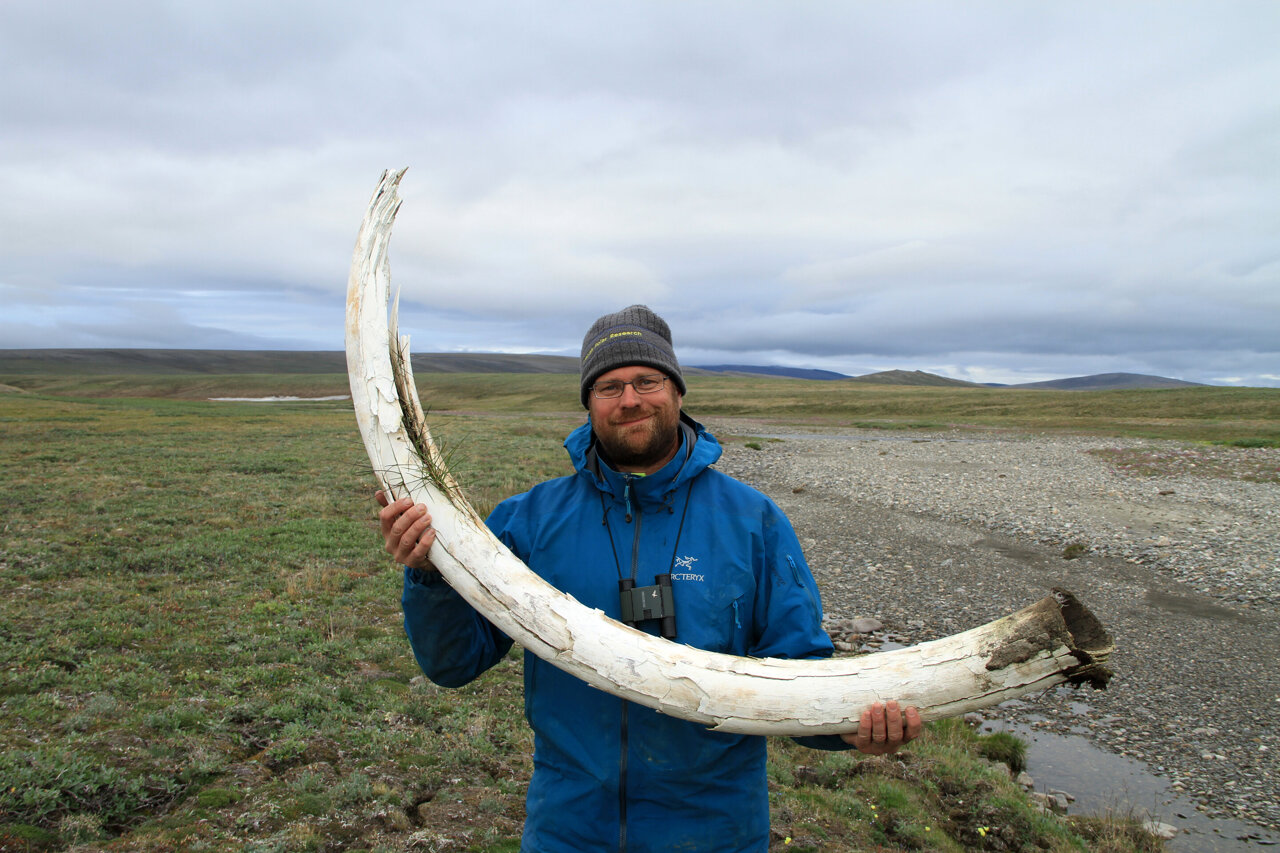
A recent genomic analysis has revealed previously unknown genetic variation in mammoth species extending across more than a million years, offering fresh perspectives on the evolution of these creatures.
The recent research has successfully retrieved and examined 34 novel mammoth mitochondrial genomes (mitogenomes). This includes samples from as far back as the Early and Middle Pleistocene epochs.
A total of 11 samples originate from these time periods, with their ages ranging from 1.3 million to 125,000 years back. The discoveries, published in Molecular Biology and Evolution , illuminate the evolutionary journey of mammoths and showcase the capabilities of ancient DNA in mapping historical genetic variation.
Our analysis offers an unparalleled look into how significant long-term population changes may have influenced the genetic variety of mammoths throughout history," stated Dr. J. Camilo Chacón-Duque, a researcher at the Department of Zoology, Stockholm University, and Center for Palaeogenetics, who was also the primary author of the research.

A million years of evolutionary journey for mammoths
A majority of Earth's current biodiversity developed over the past 2.5 million years. To comprehend the evolutionary mechanisms that have molded this variety, it is essential to have access to genetic data spanning across this period.
So far, only a limited number of DNA samples have exceeded the 100,000-year mark because of difficulties with preservation. This research highlights the significance of studying samples across different time periods by extracting DNA from mammoth remains that date back over one million years, thus aiding our understanding of how species evolve over time.
By examining these newly analyzed mitochondrial genomes together with more than 200 previously published ones from mammoths, scientists discovered that diversification within different mammoth groups aligns with significant population shifts documented throughout the Early and Middle Pleistocene periods.
Their discoveries back an early Siberian source for key mammoth groups and highlight how changes in population dynamics could have led to the growth and reduction of specific genetic branches.
"As the cost of sequencing technologies continues to drop, mitogenomes have fallen out of focus. Nevertheless, our research indicates that they still hold significant importance for evolutionary biology because they are present in greater quantities compared to nuclear DNA," stated Dr. Jessica A. Thomas Thorpe, a researcher at the Wellcome Sanger Genome Institute (UK) and co-first author of the investigation.
This study encompasses 34 recently sequenced mammoth mitochondrial genomes, including 11 that date back more than 100,000 years, significantly expanding the pool of mammoth genetic material known from before this period and advancing the frontiers of paleogenomics.
The team discovered the most ancient mammoth DNA ever recorded in North America within a sample retrieved from the Old Crow River located in the Yukon Territory of Canada. This genetic material dates back over 200,000 years.
Their results confirm previous research , indicating that mammoths living about a million years ago bear little resemblance to their more recent counterparts.
This research enhances DNA-based techniques to determine the ages of old samples, thereby enabling more precise depictions of evolutionary timelines.
A significant contribution to the field of evolutionary biology
This research enhances our knowledge of mammoth evolution and adds significantly to the wider domain of ancient DNA studies. By devising and implementing an enhanced molecular clock dating approach, the researchers have refined the process through which genetic information can determine specimen ages past what radiocarbon dating allows. Such progress in methodology provides a robust instrument for forthcoming investigations into both vanished and threatened species.
"These findings build upon our previous research, during which we were the first to sequence million-year-old genomes. The excitement is palpable as we now possess genetic information from numerous mammoth samples collected throughout the past million years, providing insights into how their biodiversity has evolved over time," stated senior author Professor Love Dalén of Stockholm University and the Center for Paleogenetics.
More information: J. Camilo Chacón-Duque et al., The Evolution of Mammoth Mitochondrial Genomes Over a Million Years Molecular Biology and Evolution (2025). DOI: 10.1093/molbev/msaf065
Provided by Stockholm University
This tale was initially released on Massima . Subscribe to our newsletter For the most recent updates on science and technology news.